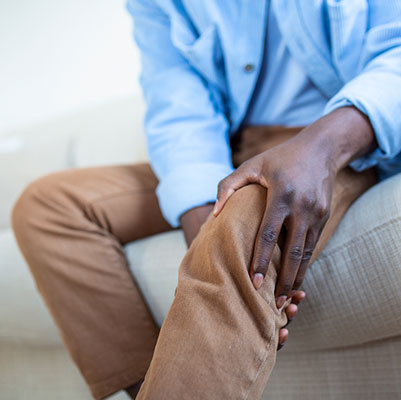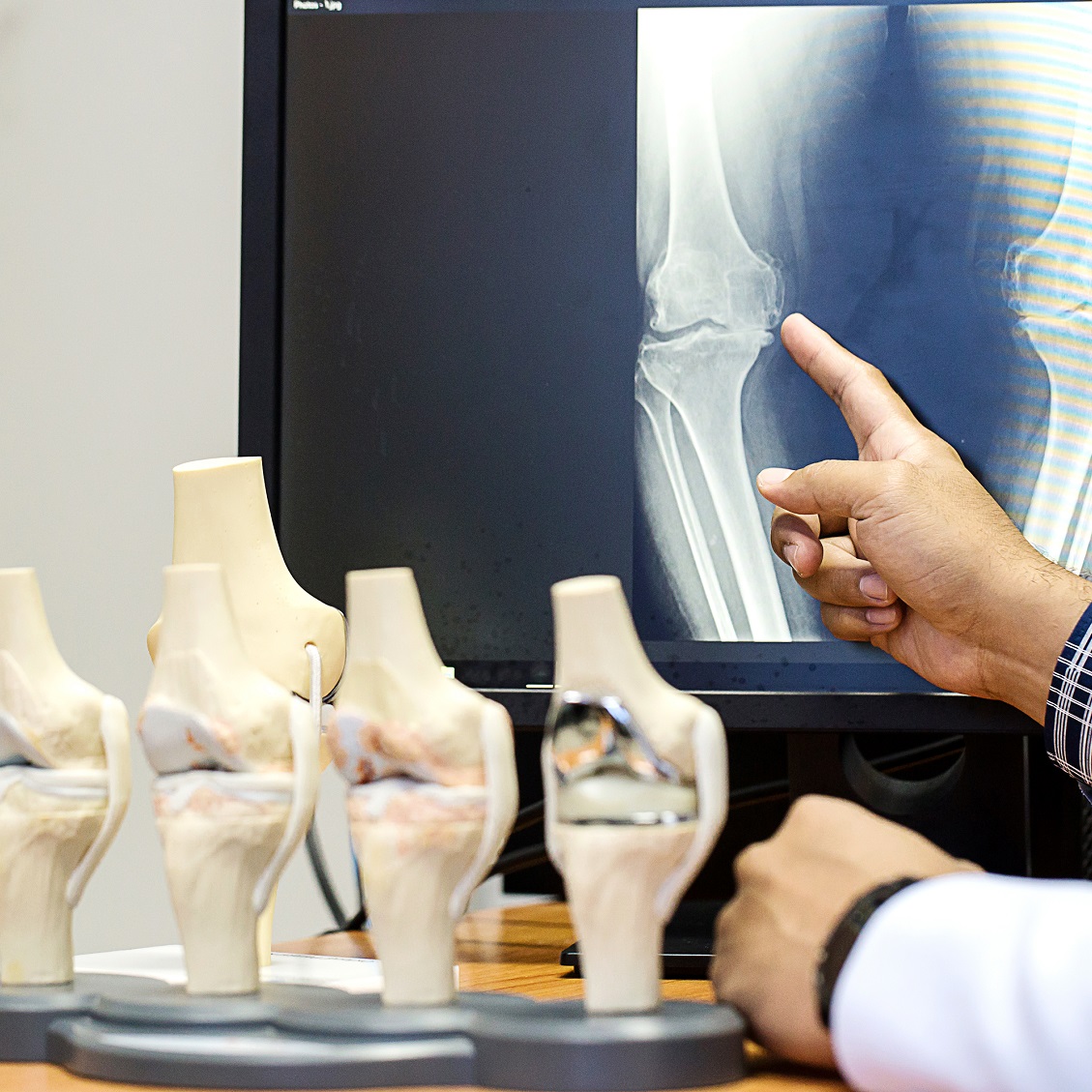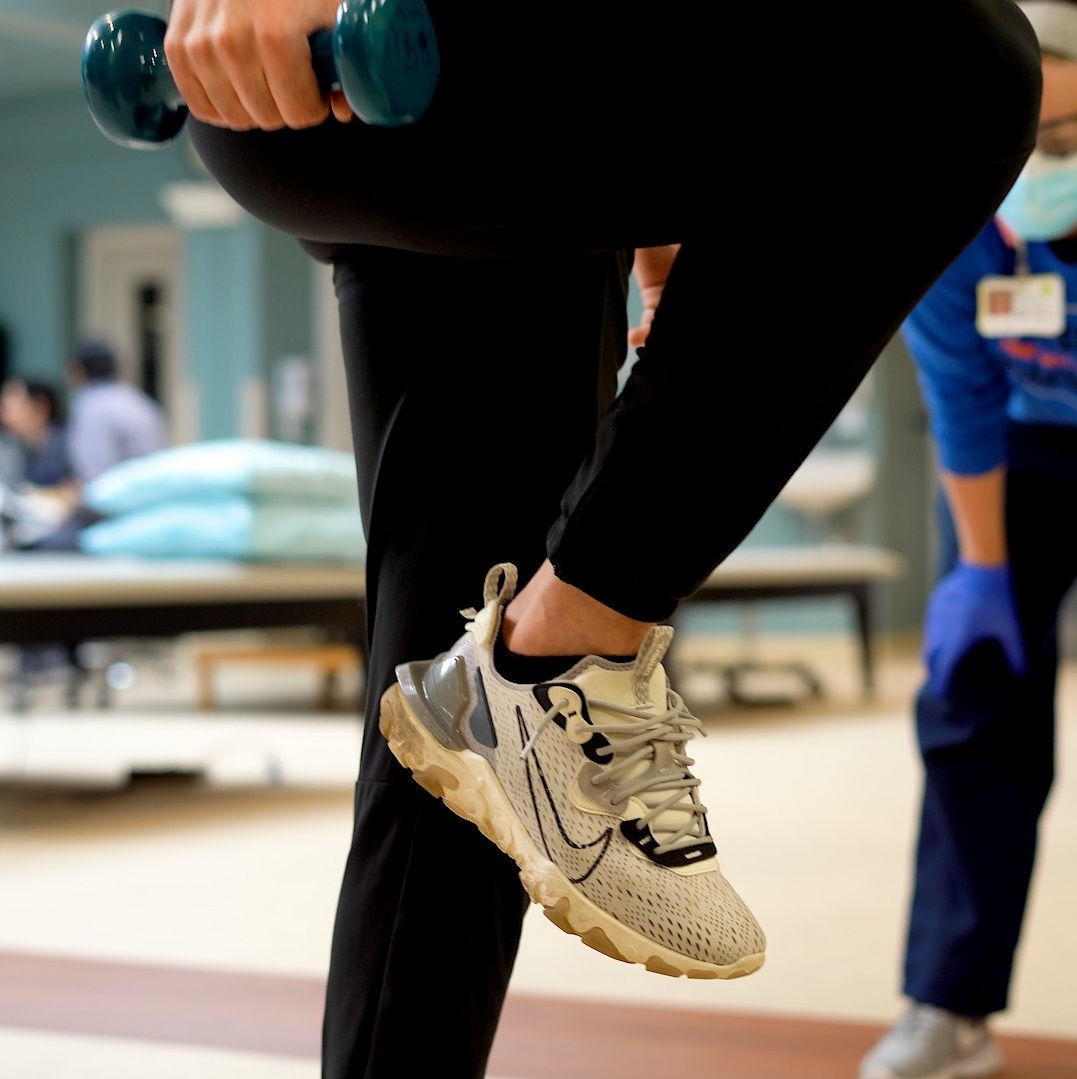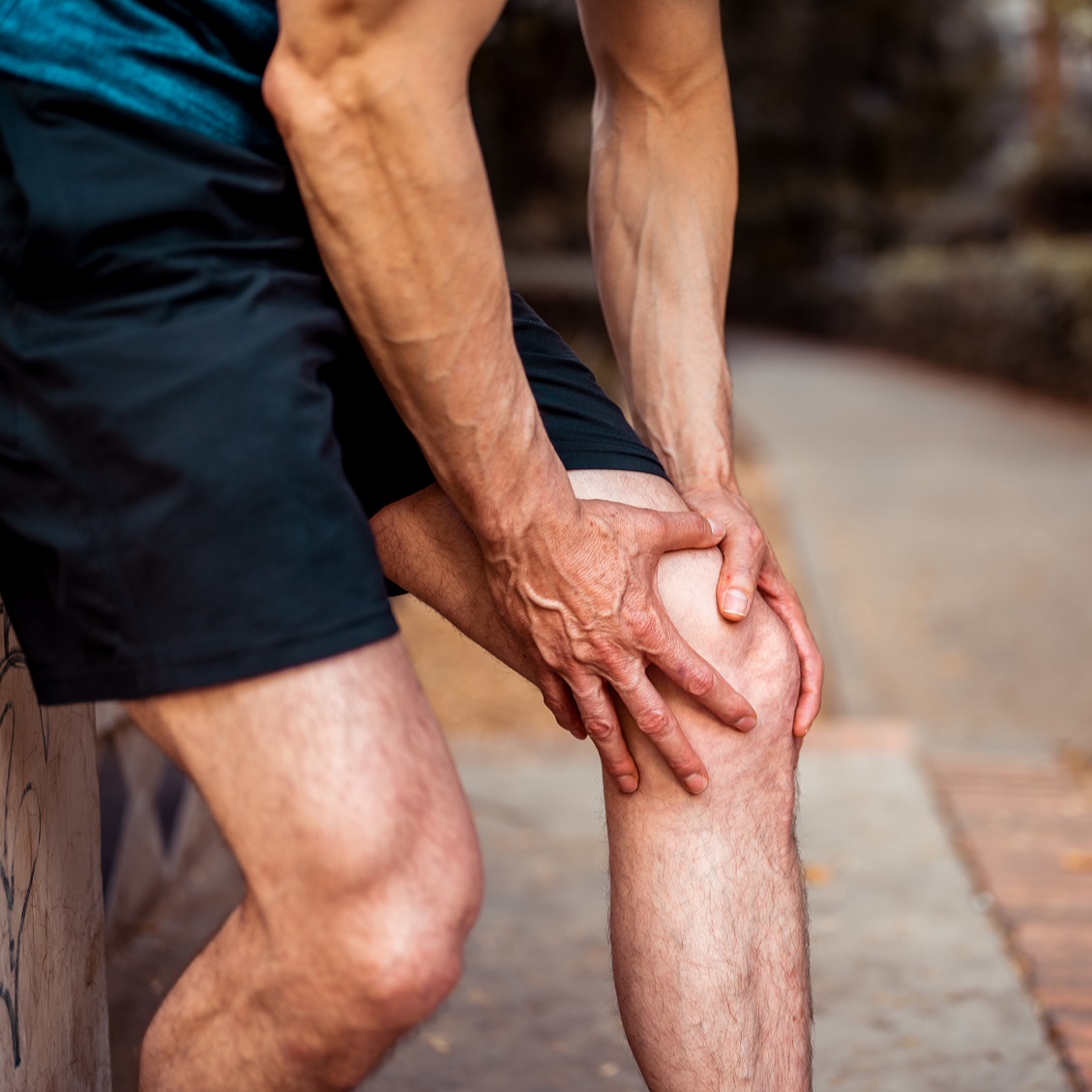Knee Osteoarthritis: Tips for Protecting and Strengthening Your Knees

August 28, 2019
Osteoarthritis is especially common in the knee joint. Approximately 14 million individuals in the U.S. have symptomatic knee osteoarthritis.
In a healthy knee, cartilage serves as a cushion between the bones and provides a smooth surface for movement. As cartilage breaks down, the joint can become painful, swollen and stiff. Eventually, the cartilage can wear away completely, increasing pain and inflammation as the bones rub together.
Risk Factors for Knee Osteoarthritis
Unfortunately, there are no surefire ways to completely prevent osteoarthritis. Certain risk factors for the disease, such as gender and genetics, are out of your control.
Hackensack University Medical Center orthopedic surgeon Harlan Levine, M.D.says risk factors for developing knee osteoarthritis include:
Your risk of developing knee arthritis increases as you age.
- Osteoarthritis is more common in women.
- Family history. You are at higher risk for developing osteoarthritis if it runs in your family.
- Being overweight or obese puts extra stress on your knees and other weight-bearing joints.
- Repeated stress on the joint, like bending or standing for prolonged periods, can cause wear-and-tear on the joint.
- Previous injury. Joint injuries, whether related to sports, accidents or other causes, can increase the risk of osteoarthritis later in life.
Ways to Keep Your Knees Healthy
There is no cure for osteoarthritis, and joint damage from the disease is irreversible. But there are steps you can take to protect your knees and reduce your risk of developing pain and stiffness. If you have healthy joints, do what you can to preserve function and mobility.
Most importantly, maintain a healthy weight and get active. Physical activity not only improves your joint function, but your mood and quality of life, too. Choose low-impact activities that are easy on the joints such as:
- Bicycling
- Elliptical machine
- Swimming
- Walking on a well-padded treadmill or track
- Weight training to strengthen the joint-stabilizing muscles can also be beneficial (be careful not to overdo it!)
When exercising, remember to wear properly fitting shoes, which can help ensure your leg is well-aligned and balanced. And avoid any exercise that puts too much stress on the knee.
“Deep squatting and deep lunging put a lot of added pressure on the knee, which can aggravate someone’s arthritis,” Dr. Levine says.
Although some patients have reported relief from arthritis symptoms after taking supplements such as glucosamine and chondroitin, there is no evidence they slow the progression of arthritis.
“Things like supplements and special diets really have not been shown to be effective at managing arthritis and/or at rebuilding cartilage,” he says.
Next Steps and Resources:
- Meet Our Expert: Harlan Levine, M.D.
- Sources: Arthritis Foundation
The material provided through HealthU is intended to be used as general information only and should not replace the advice of your physician. Always consult your physician for individual care.
How to Relieve Knee Pain Triggered by Everyday Activities

It’s not just vigorous movements that can produce knee pain, but everyday activities as well.
Partial vs. Full Knee Replacements

If you are planning knee replacement surgery, here’s how to better understand if you’re a candidate for a partial replacement or a full replacement.



